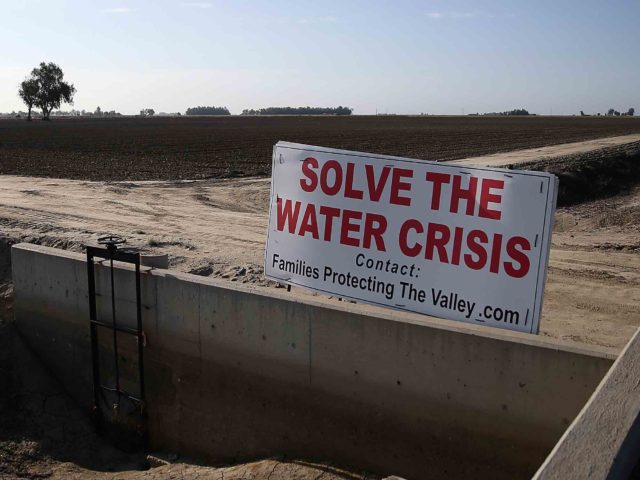The National Weather Service predicts a 55 to 65 percent chance of a La Niña this winter as cooling over the tropical Pacific and colder deep ocean waters is expected to cause a drier and warmer West Coast and a wetter and colder Mid-West and East Coast.
The Pacific tropical waters cycle between extremes of a very cold condition known as La Niña that can super-charge the normal wind circulation, and a very warm tropical water condition known as El Niño that can reverse the circular wind flow.
Breitbart News reported in April 2016 that the planet was experiencing the most extreme El Niño conditions ever recorded in modern times, at 10.8 degrees Fahrenheit above normal. But the U.S. Climate Prediction Center’s El Niño-Southern Oscillation (ENSO) warned that overheated tropical waters in the Pacific seemed set to flip to a cooling phase that would say goodbye to the docile little boy called “El Niño,” and bring back his more rambunctious little sister, “La Niña.”
The January 1 to June 30 period this year was described by meteorologists as a neutral ENSCO condition, which means that the prevailing westerly trade winds that normally blow from South America to Polynesia, turn up toward Japan, and then curl along Alaska and down the West Coast, were near their average flow speed.
Although California did suffer some horrific February rain and flooding, AON Benfield Insurance Analytics reported that global weather-only economic losses in the first half of 2017 were $52 billion, down 28 percent from the 10-year average of $72 billion and down 7 percent from the 17-year average of $56 billion.
AON estimated insured losses at $22 billion, down 15 percent from the 10-year average of $26 billion and 10 percent above the 17-year average of $20 billion. Natural disasters during the period only claimed 2,782 lives — the lowest death rate since 1986 and spectacularly lower than the 25-year average of 40,867.
But the strengthening La Niña condition in August and September may have contributed to Hurricane Irma devastating the Caribbean as a Category 5 hurricane before hitting Florida as the first Category 4 hurricane since Charley in 2004. Economic damage to the United States, Cuba, and the Virgin Islands was in the billions of dollars, and at least 124 people were left dead or missing due to exceptional winds, high surf, storm surge, torrential rains and inland flooding.
Just days later, Hurricane Maria became the second Category 5 hurricane to make landfall when it struck Dominica and grazed St. Croix. The storm later struck Puerto Rico as a high-end Category 4, the strongest storm to hit the island since 1932. There were at least 78 fatalities and tens of billions in losses.
Elsewhere in September, Tropical Storm Lidia caused 20 deaths and tens of millions in losses as it tracked along Mexico’s Baja Peninsula. Typhoon Doksuri caused 40 deaths, damaged 250,000 homes and caused about $500 million in losses as it crossed the Philippines, Vietnam, Laos, and southern China.
It is too early to determine the contribution of La Niña to California’s 250 October wildfires. But the unusually high temperatures and low humidity drove what CalFire has called “Fire Siege” winds that burned over 245,000 acres, destroyed over 8,400 structures, and took the lives of 42 people.

COMMENTS
Please let us know if you're having issues with commenting.